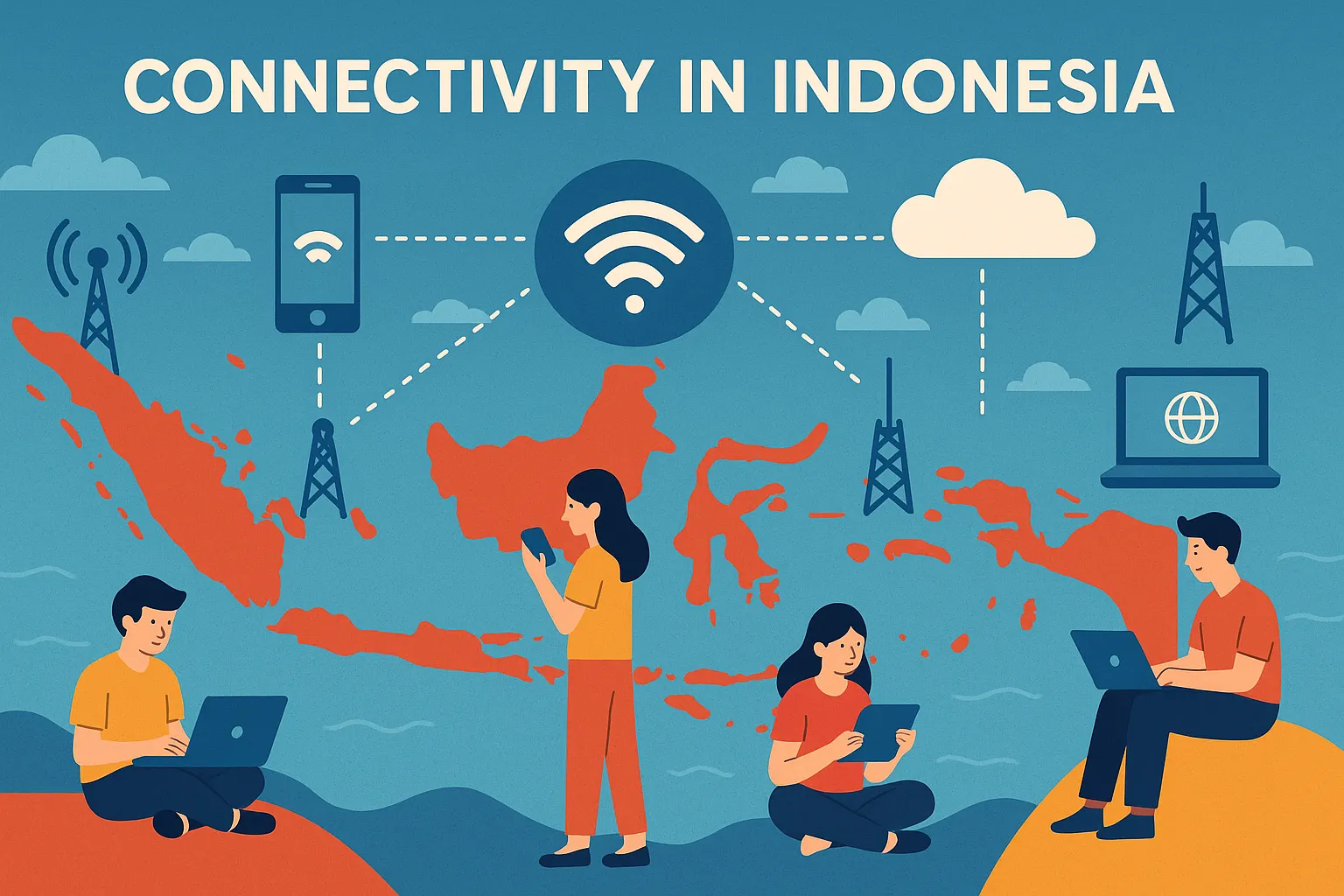Indonesia, a vast archipelago, is actively innovating its technology sector to overcome unique geographical and demographic challenges. This isn’t just about adopting technology; it’s about redefining it to be locally relevant and globally impactful. A cornerstone of this technological redefinition is significant investment in digital infrastructure, particularly the development of fiber optic-based internet networks.
See Table of Contents
Connectivity in Indonesia: Pressing Challenges and Needs

A major hurdle facing Indonesia is the unequal distribution of fiber optic internet network infrastructure. This limits access for many communities to high-speed fiber optic connections, consequently hindering productivity in our increasingly digital world. In this digital era, the demand for stable and fast internet access is fundamental.
FTTH: The Fiber Optic Solution for Optimal Internet Access
Research and the implementation of Fiber to the Home (FTTH) technology emerge as a key solution. FTTH is a method of delivering optical signals directly from the service provider to customer homes using fiber optic cables. Its primary advantage lies in high-speed data transmission and low noise. Unlike traditional copper cables, which max out at around 4 Mbps, FTTH, utilizing Gigabit Passive Optical Network (GPON) technology, can achieve speeds up to 100 Mbps.
Fiber Optic Network Implementation: From Planning to Testing
The deployment of a fiber optic internet network involves several structured stages:
- Network Topology Preparation: This crucial step determines the quality of the network, including device selection and identifying the Network Access Protocol (NAP) service to connect to international networks.
- ASN (Autonomous System Number) Identification: Essential for identifying and registering services with Indonesia’s Ministry of Communication and Informatics (Kominfo), ensuring the legality of internet businesses.
- FTTH Topology Planning: Involves calculating losses to ensure accurate power delivery from the server to the customer.
- Network Device Configuration: Includes setting up routers for customer traffic management and configuring the Optical Line Terminal (OLT) as the endpoint hardware in the Passive Optical Network (PON). Customer premise modems (e.g., Huawei HG8245H5) are also configured.
- Speed Testing: Link capacity and bandwidth tests are performed using platforms like nPerf, Ookla, and Speedtest CBN to verify that customers receive the internet speed according to their subscribed package.
Impact and Future Prospects of Indonesia’s Connectivity
The proliferation of FTTH-based internet businesses is expected to achieve more equitable telecommunications infrastructure distribution. Communities can then enjoy fast, affordable, and stable internet services. FTTH has proven to be a faster and more efficient information bridge.
This business model is highly promising in the digital era, not only supporting individual and corporate economic growth but also aiding government programs for infrastructure equity. As the Internet of Things (IoT) becomes more integrated into daily life, the demand for stable and fast connectivity will only increase, making fiber optic development an essential foundation for Indonesia’s digital future.
Conclusion
Investment in fiber optic infrastructure is a strategic step supporting Indonesia’s vision to become a globally relevant technology producer. This effort addresses geographical challenges while fostering a more connected and inclusive society. Through the development and equitable distribution of fiber optic networks, Indonesia is building robust foundations for its digital future.
Further Reading
This article is summarized from the scientific publication:
Title: Bisnis Jaringan Internet Fiber Optic di Era Digitalisasi untuk Pemerataan Infrastruktur Telekomunikasi (Fiber Optic Internet Network Business in the Digitalization Era for Equitable Telecommunications Infrastructure)
Authors: Khaerul Insani and Fransciskus Antonius Alijoyo
Publisher: Jurnal Teknologi Dan Sistem Informasi Bisnis (JTeksis)
Link: http://jurnal.unidha.ac.id/index.php/jteksis/article/view/1572
To understand more about how Indonesia is redefining tech through unique innovation, including adaptive connectivity and logistics solutions, explore our comprehensive pillar article:
Indonesian Innovation
